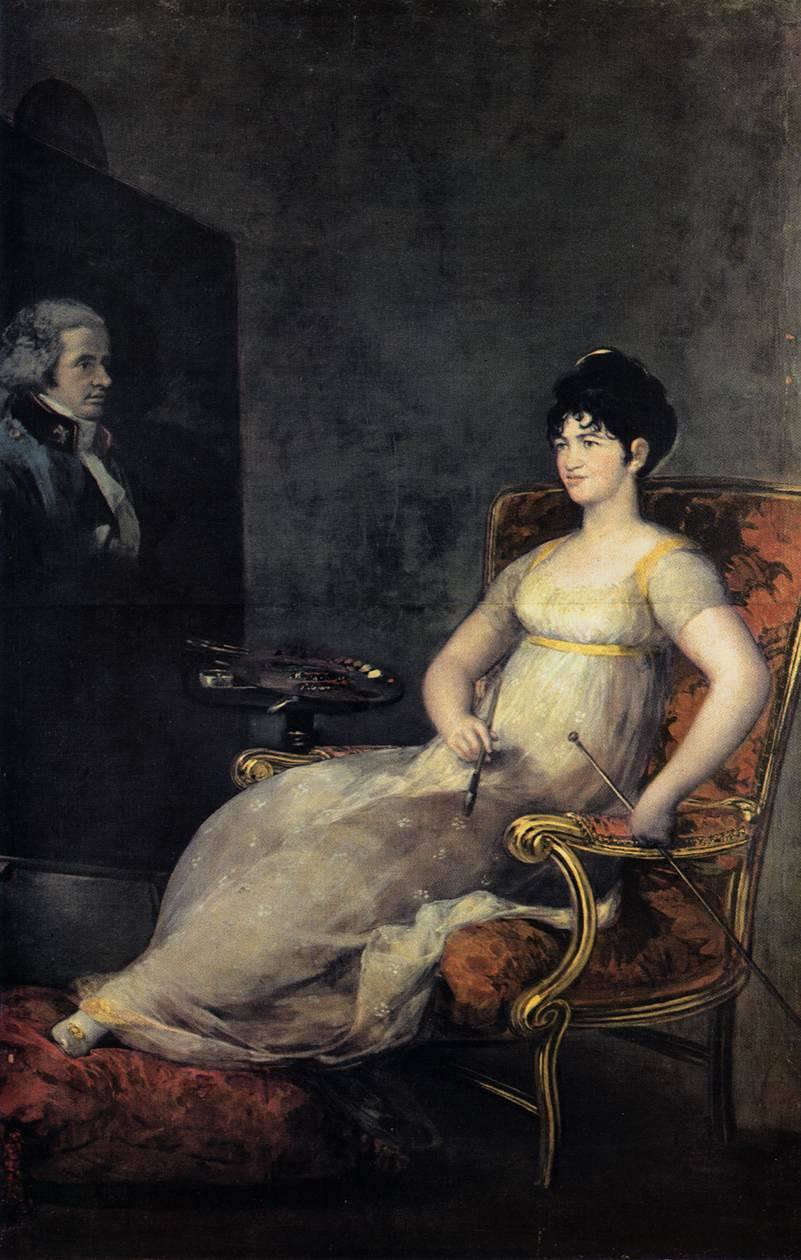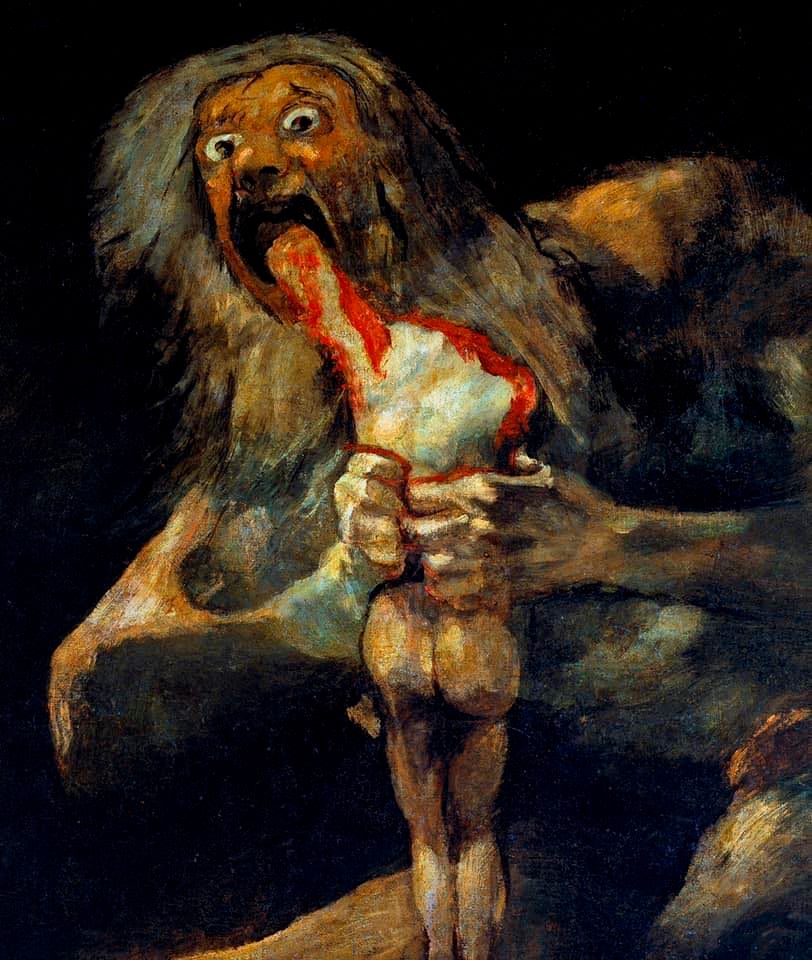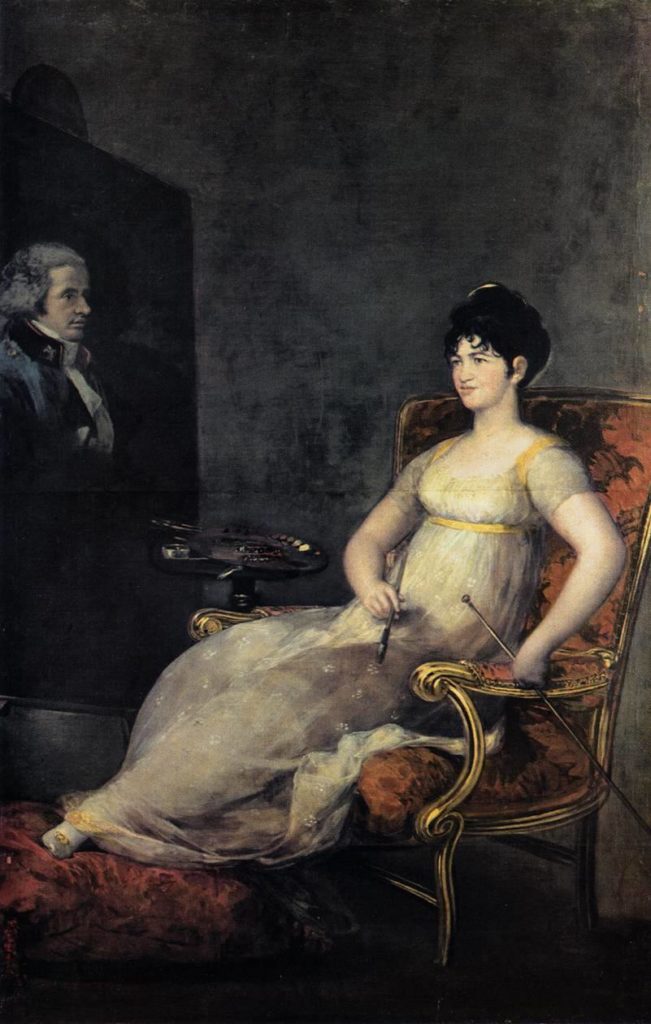Known for being one of the greatest exponents of modern art and probably the greatest Spanish painter of the time, here is the story of Francisco Goya.
Who was Francisco Goya
Francisco Goya (Fuendetodos, March 30, 1746 – Bordeaux, April 16, 1828) was a Spanish painter.
He grew up in a rural village not far from Zaragoza with his father, a gilder, his mother and three brothers. He moves to the city because of his father’s work and here he begins his studies which take place regularly.
He understands in these years that he has a big one passion for drawing and so, with the support of his father, he begins to gain experience first in the workshop and later in the atelier where he learns the art of the great Italian masters, exponents of the Renaissance and Baroque.
The beginning of the artistic career
At the age of 17 he moved to Madrid together with his friend and colleague Francisco Bayeu and here the two absorb all the artistic ideas that the city gives him.
In addition to devoting himself to the study he also discovers one lively life in the taverns where his most significant experiences take place.

From a scholastic point of view, he must give up the Academy path e decides to move to Rome, the center of classical culture. Once he arrives in the peninsula, he is surprised by the culturally rich atmosphere and comes into contact with a colony of Spanish guests of Taddeo Kuntz with whom he exchanges views on art, expressing his appreciation for Bernini. The Italian period is very rich in experiences but after a criminal act he is forced to return to Zaragoza.
The great success and the major works
Despite the problematic events, the period in Italy allowed him to achieve great notoriety and consequently numerous commissions. In fact, it gets the request for making tapestries according to the Flemish iconography that allow him access to the Real Academia de San Fernando where he creates the “Crucified Christ” and “Portrait of the Dukes of Osuna with their children”.

He also obtains recognition for his works from Charles IV who names him “Pintor del rey” thus giving him the opportunity to do what he loves most: to paint and live the real worldly life of the court. Fed up with these dynamics, he retires to private life where he has to devote himself to the care of his person following a serious illness.
Having recovered from his infirmity, he returns to devote himself to painting, probably making his own most famous works. It offers the collection “Capricci” and the series on the war events following the takeover of Bonaparte.

